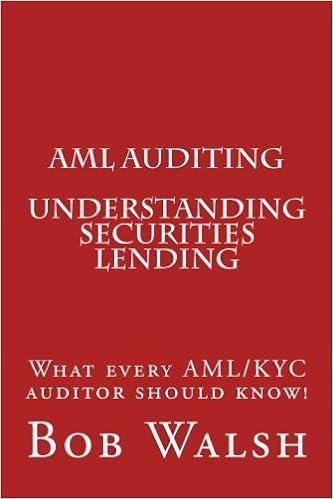Question
Is it possible to solve this question by discounting Free cash flow to equity even ther's no information about a change in debt? Or should
Is it possible to solve this question by discounting Free cash flow to equity even ther's no information about a change in debt? Or should I use another method like Dividend discount model? -> Please first answer this part. and Please DO NOT ANSWER RANDOMLY and waste my remaining question.
Union Pacific Railroad reported net income of $770 million in 1993, after interest expenses of $320 million. (The corporate tax rate was 36%.) It reported depreciation of $960 million in that year, and capital spending was $1.2 billion. The firm also had $4 billion in debt outstanding on the books, rated AA (carrying a yield to maturity of 8%), trading at par (up from $3.8 billion at the end of 1992). The beta of the stock is 1.05 and the risk premium for equity is 5.5%. There were 200 million shares outstanding (trading at $60 per share), with a book value of $5 billion. Union Pacific paid 40% of its earnings as dividends and working capital requirements are negligible. (The treasury bond rate is 7%.)
c) Estimate the value of equity at the end of 1993, and the value per share by assuming that Union has constant growth rate and its reinvestment rate is expected to be 60%.
Step by Step Solution
There are 3 Steps involved in it
Step: 1

Get Instant Access to Expert-Tailored Solutions
See step-by-step solutions with expert insights and AI powered tools for academic success
Step: 2

Step: 3

Ace Your Homework with AI
Get the answers you need in no time with our AI-driven, step-by-step assistance
Get Started


